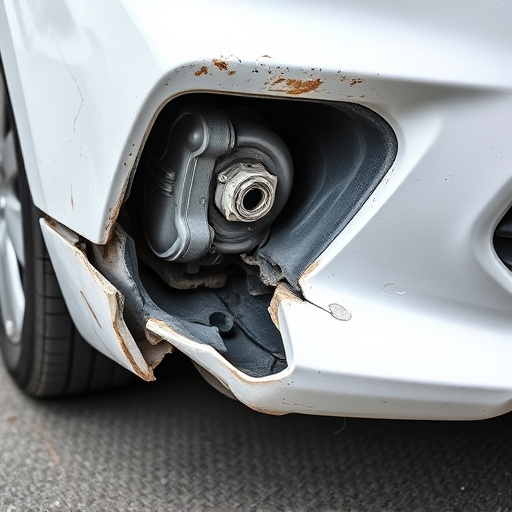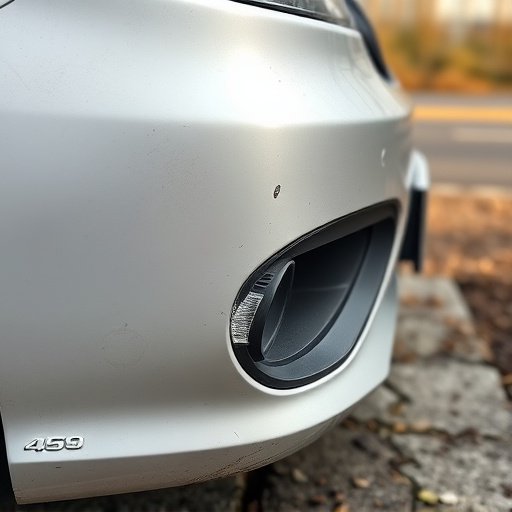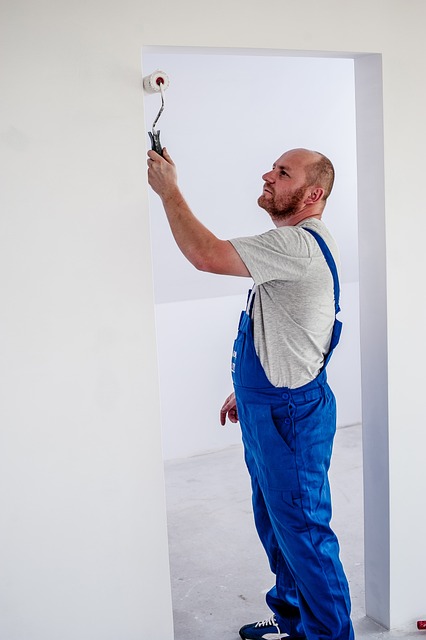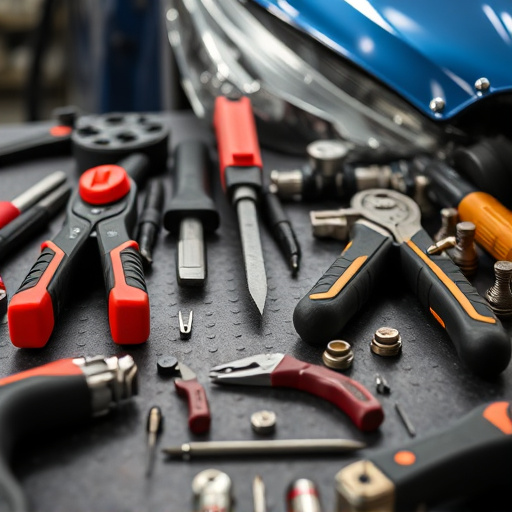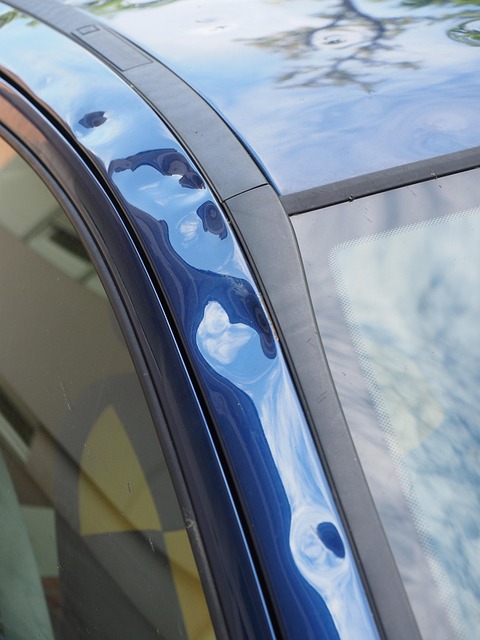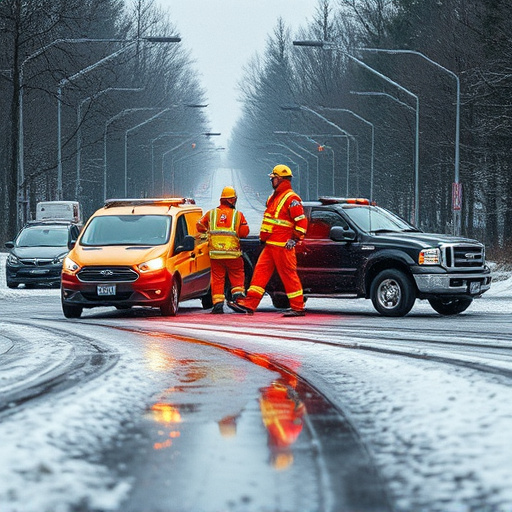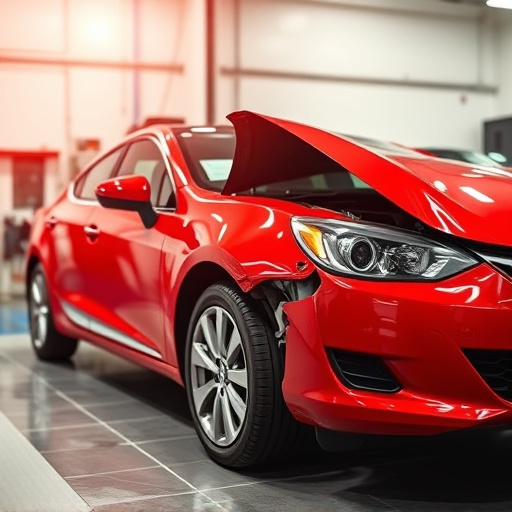Regularly inspecting your windshield for cracks is vital to avoid expensive collision repair later. By identifying different crack types and patterns, you can determine if a simple fix or comprehensive windshield crack repair is needed. Early intervention prevents structural weaknesses, maintains safety, and saves on costs associated with more severe damage caused by neglect or extreme conditions.
“Keep your vehicle’s front glass intact and safe with our comprehensive guide on preventing and addressing windshield cracks. We break down the intricacies of these common car issues, offering valuable insights into their causes and impact. From identifying different crack types through visual inspections to understanding the role of regular cleaning and de-icing, this article equips you with essential knowledge. Learn when DIY repair kits are suitable or when professional intervention is required for minor cracks, ensuring your windshield remains intact and safe on the road.”
- Assess and Understand Windshield Cracks
- 1. Visual inspection: How to identify different types of cracks
- 2. Common causes: Understanding the factors leading to windshield damage
Assess and Understand Windshield Cracks

Assessing and understanding your windshield cracks is the first step in preventing them from worsening. It’s crucial to identify the type and severity of the crack, as this will determine the best course of action for repair. Small chips or cracks may only require a simple fix, while larger cracks could necessitate more extensive windshield crack repair. Regularly inspecting your windshield for any signs of damage is essential in catching potential issues early on.
Proper assessment involves examining the crack’s length, depth, and pattern. Some cracks might appear shallow but are actually deep, indicating a need for professional car bodywork services. Conversely, what seems like a minor crack could extend further than it appears, requiring prompt attention to prevent structural compromise. Knowing when to seek collision repair services can save you from more costly and time-consuming repairs down the line.
1. Visual inspection: How to identify different types of cracks

Regular visual inspections are key to identifying potential windshield crack repair needs early on. Different types of cracks – from tiny hairline fractures to larger, vertical cracks or complex starburst patterns – can each indicate specific issues. For instance, thin, shallow cracks may just be surface-level damage, while deep, wide cracks could signal structural weaknesses that require prompt attention. Even minor cracks can worsen over time, leading to more significant damage and increased repair costs.
During your inspection, look for signs of crack progression like spreading, deepening, or the development of new cracks. Also, consider factors like weather exposure and road conditions that might contribute to windshield damage. Addressing cracks early through professional windshield crack repair can prevent them from compromising the integrity of your vehicle’s structure or affecting its overall safety and appearance, including any necessary car body repair or car paint repair.
2. Common causes: Understanding the factors leading to windshield damage

Windshield cracks can be frustrating and unsightly, but understanding their common causes is the first step in preventing them from worsening. One of the primary factors is windshield crack repair neglect. Ignoring small chips or cracks allows them to spread, eventually causing significant damage. Extreme weather conditions play a significant role; both heat and cold can cause glass to expand and contract, leading to stress fractures. Additionally, road debris such as pebbles, bugs, or small stones can impact the windshield, creating cracks or exacerbating existing ones.
Another factor is the age of your vehicle. Older windshields may have manufacturing defects or become brittle over time, making them more susceptible to damage. Poorly maintained vehicles are also at risk due to worn-out wiper blades that can scratch the glass or inadequate cleaning products that leave residue, attracting water and causing spots that can lead to cracks. Visiting a auto collision center for regular windshield inspections and timely car body repair can significantly reduce these risks.
Preventing further damage from windshield cracks is essential for both safety and aesthetics. By understanding the different types of cracks, their causes, and implementing simple maintenance tips, you can effectively manage minor cracks before they worsen. Regular visual inspections and addressing common causes like extreme weather conditions and road hazards are key to maintaining a clear view while driving. Remember, prompt action on windshield crack repair can save you from costly replacements and enhance your overall driving experience.


